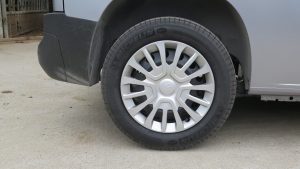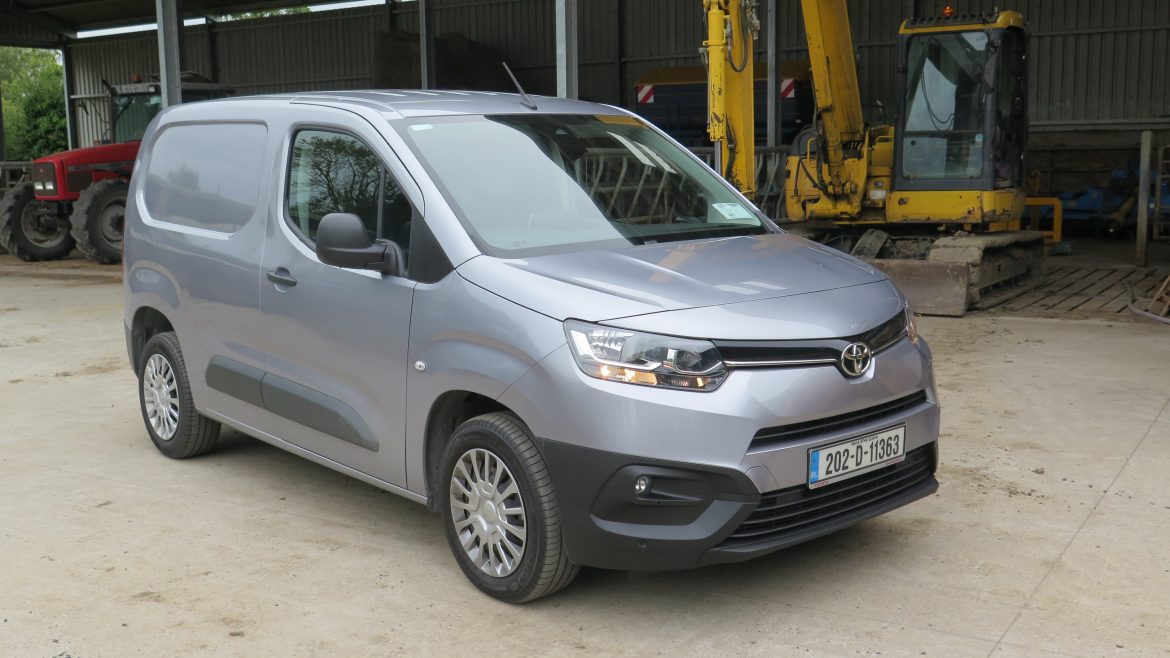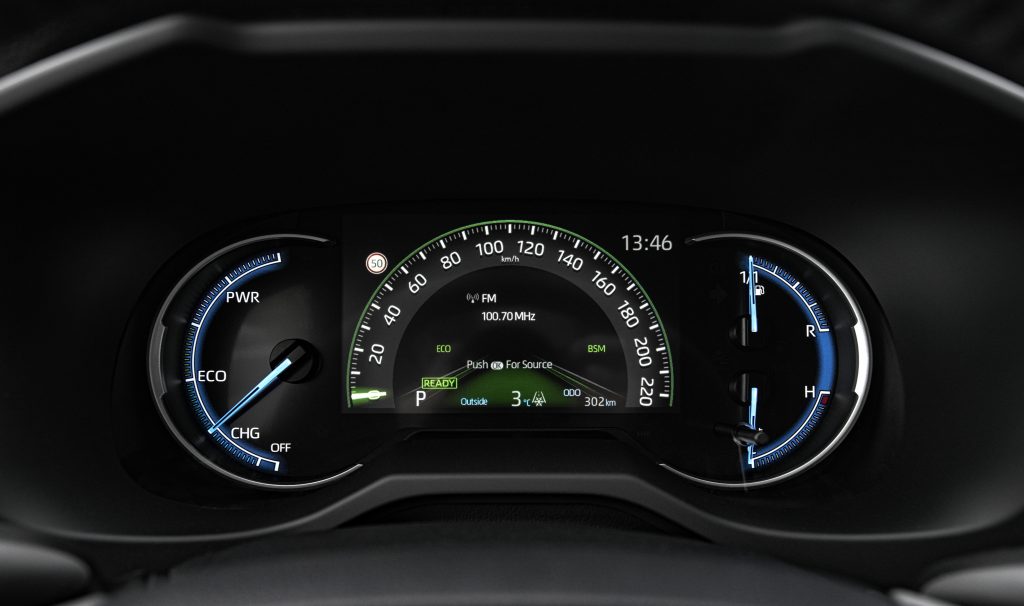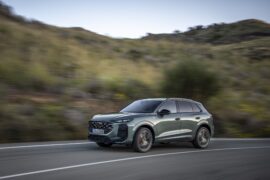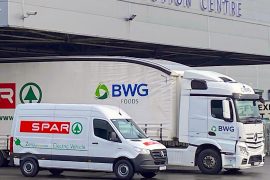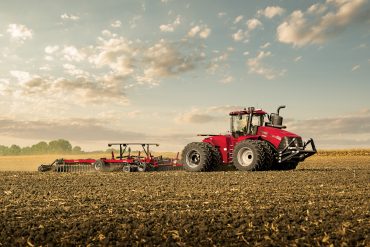While Toyota’s new compact van bears the title Proace City Michael Moroney found that you can be assured that this well specified and compact van will be every bit as much at home in the country. The Proace City is the new entry level van in the Toyota commercial range and it shares some significant heritage with PSA Group small vans which now includes the Citroen, Peugeot and Opel Combi versions, because they are all built in the same French factory.
This van range has been well recognised for its features and all four models from the different brands share the European Van of the Year 2020 title for their core dimension and specification details. Diesel is still the fuel of choice among smaller van drivers and the new Proace offers a single 1.5 litre PSA designed diesel engine under the bonnet with two power options.
The entry level model comes with a 75bhp rating, while the GX test version that I drove recently, was rated at 100bhp. The power difference gives greater payload capacity and a higher towing rating that’s probably worth it for the €1,680 price difference.
There are also two specification options for the Proace City, GL or GX, with the GX version adding more automatic features along with a clearer, more user friendly and larger centre infotainment screen. This provides features such as Apple CarPlay as standard, and a host of additional sensors to make driving that bit easier.
Van buyers want to know the facts when it comes to van choices. The facts start in the case of the Toyota Proace City around the specification features of the van. It’s inevitable that any van buyer will make comparisons with the immediate and most obvious competition.
Across these models which include the Citroen Berlingo, Opel Combi and Peugeot Partner, the specifications in terms of dimensions, load carrying and towing ability are almost identical. That bit is no surprise. There are differences in terms of internal styling and how the vans are packaged in a styling sense that in many cases will not add anything more to the working performance of the van, whatever about its driver.
The practical features include a wide sliding door on side of what is a compact 4.4 metre long van. Rear door options include twin doors or overhead lifting options. My van had twin doors with wide fold back features, which allowed me to easily load and transport a large load of timber for the home stove.
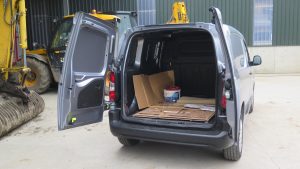
The load area remains almost the same across all brands at 3.3 cubic metres. Some, including the new Proace, have the ability to stretch the load under the front passenger bench seat and that increases the load length from 1.8 metres by an additional 1.3 metres to 3.1 metres.
This 100bhp engine provides a 1350kg braked trailer towing ability that’s common across all brand choices. The 1.5 litre turbo-diesel engine has ample torque at 250Nm to take such a load. Toyota is not offering the Grip Control feature that’s available on some of the other brands, which helps traction in sticking driving conditions. This is a useful and practical feature for rural drivers and is a type of softer alternative to a true shaft type four-wheel-drive system.
If found the Toyota Proace City to be very economical even with the full load. The theoretical range is 980km and I retuned a figure just less than 10% lower, which is impressive. Toyota rates the fuel economy figure at 18.5km/litre (5.4/100km or 52mpg) from the 53 litre capacity fuel tank and I was achieving close that after completing over 700km of a varied test drive.
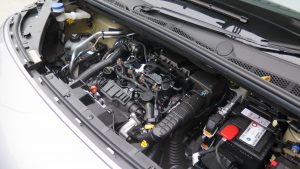
Sticking with practical issues, the Proace City has a payload capacity of up to 1 tonne and both the long and short wheelbases can accommodate up to two Euro pallets.
So given that most of the practical features of the van are shared with other brands what makes the Proace City stand out? The van has a slightly different dash layout that’s clear and easy to use. This includes a Toyota design steering wheel and some Toyota software features that underpin its safety offering.
What’s impressive about the Proace City benefits is the equipment specification that promote a comfortable and safe driving environment and improved practicality. The higher specification GX models can be equipped with an eight-inch touchscreen to access audio and smartphone functions, Apple CarPlay (including Siri assistant) and Android Auto (including Google assistant), plus Bluetooth, and USB/Aux-in connections.
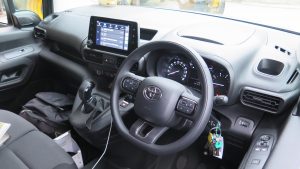
The van includes some clever storage points throughout the cabin (according to grade), ranging from coin and cup holders and open stowage areas, to an under-seat drawer and spaces designed into the doors and floor.
The entry price for the 100bhp version of the Toyota Proace City is €18,305 incl. VAT so it is one of the more expensive versions of this van concept that’s shared by the Citroen Berlingo, Opel Combi and Peugeot Partner, while the Opel and Peugeot offering show a keener entry price level.
Is it the better one? A lot will depend on the individual dealer offering. Toyota has a wide dealer network and keen offerings for 2021 buyers, so there’s room for a Proace City deal and its one worth the extra effort for.
| Toyota Proace City Van 1.5 HDi – specifications | |
| Engine | 1.5 litre |
| Engine power | 100bhp |
| Engine Torque | 250Nm |
| 0 – 100km/hr | 11.5 seconds |
| Economy (WLTP) | 18.5km/litre (5.4/100km or 52mpg) |
| Fuel Tank Capacity | 53 litres |
| CO2 emissions | 142g/km |
| Range (Theoretical) | 980km |
| Road Tax Band | Commercial €333 |
| Main Service | 20,000km/12 months |
| Euro NCAP Rating | 5 Star (2019) |
| Turning Circle Kerb to Kerb | 10.4m |
| Towing rating | 1350kgs |
| Payload Capacity & Length | 1000kg/3.7 cubic metres & 3.1 m |
| Warranty | 3 years/100,000km |
| Entry Price | €18,305 incl VAT |
